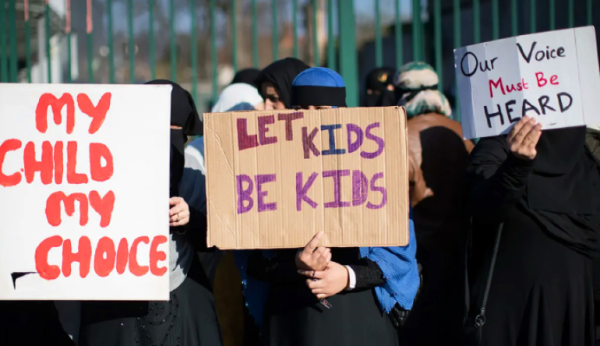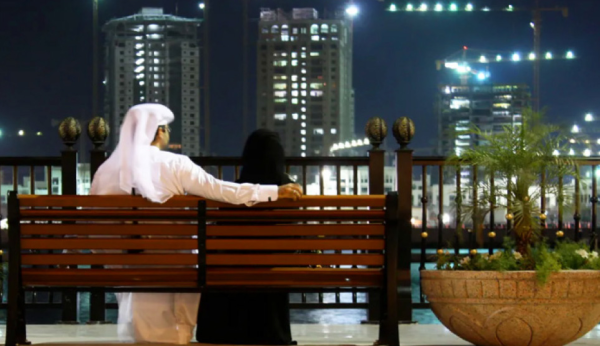Harnessing Solar Power for Sustainable Development in Bangladesh: A Path to Energy Security
Harnessing Solar Power for Sustainable Development in Bangladesh: A Path to Energy Security
Harnessing Solar Power for Sustainable Development in Bangladesh: A Path to Energy Security

The importance of energy for human survival and development is paramount. Without proper energy use, a nation's functioning and growth are at risk, particularly in developing countries. As the world advances, energy demand is increasing exponentially due to technological progress and high demand. Fossil fuels, like natural gas, coal, and petroleum, are the primary sources of energy, but they contribute significantly to greenhouse gas emissions. However, these fossil fuel resources are finite and rapidly depleting, prompting a shift towards renewable energy sources.
By the end of 2019, global renewable energy capacity reached 2838 GW, making it a crucial alternative to reduce fossil fuel dependence. In Bangladesh, solar energy holds the most promise among traditional renewables. While Bangladesh has made progress in rural electrification, urban areas still face issues with low voltage supply and load-shedding. The demand for electricity is expected to rise due to population growth and economic advancements. In the fiscal year 2020–21, 67.71% of electricity was generated domestically, with natural gas being the primary source. The per capita electricity generation in 2019–20 was 426.23 KWh. However, there is still a significant population globally, mainly in Africa and Asia, without access to electrical power. Bangladesh has been grappling with a shortage of electricity over the past decade, impacting various sectors and hindering economic growth.
To address these energy challenges and achieve sustainable development goals, Bangladesh is actively exploring renewable energy sources, particularly solar, wind, biogas, and biomass energy. In the global context, renewable energy, especially solar power, is gaining prominence. The potential for solar energy is enormous, with the sun providing thousands of times more energy than the current global demand. The article also covers the current renewable energy scenario globally, with modern renewable energy expected to make up 19% of global energy demand by 2040. In 2020, 25% of global electricity was produced from renewables, with solar, wind, and hydropower leading the way.
Bangladesh's Ambitious Renewable Energy Targets
In Bangladesh, the government has set ambitious targets for renewable energy, aiming to meet 5%, 10%, and 100% of total power demand through RE resources by 2015, 2020, and 2050 respectively. The country has made significant progress in solar energy, with over 6 million solar home systems benefiting rural areas. The article also delves into the geographic and photovoltaic power potential of Bangladesh, highlighting its ideal conditions for solar energy harnessing. It discusses various forms of solar energy, including solar parks, solar rooftops, irrigation, grids, charging stations, home systems, street lights, and telecom infrastructure.
Solar Rooftop: Utilizing Available Space
Solar rooftops are simply the installation of solar panels on the roof of every residential or commercial building and are suitable in both urban and rural areas. Most of the used building’s roofs are vacant either fully or partially. Solar rooftops are divided into two categories, simple “rooftop solar (except net metering)” and “net metering rooftop solar” systems. In a “net metering rooftop solar” system, the prosumer (who produces and consumes electricity) will consume electricity first, and the excess amount is sold to neighboring consumers/the grid. Net energy metering (NEM) is a bi-directional meter that can calculate electricity in two directions, from the grid to the customer (import) and from the customer to the grid (export). The eligible customers under NEM are classified into three categories, domestic consumers, commercial consumers, and industrial consumers. The installed capacity limits of these types of consumers are shown in Table 6. The customer’s electric bill is calculated (in KWh) from the net energy recorded on the meter, i.e., the net energy consumption from the grid minus the energy provided to the grid.
Solar Irrigation: Boosting Agricultural Productivity
Bangladesh is an agro-based country, and agriculture is one of the major sectors behind the economic growth of the country. Solar-based irrigation is cheap and more eco-friendly than conventional diesel-based irrigation systems. It enables farmers to improve crop yields and can ensure food security. In Bangladesh, approximately 6000 farmers now trust solar irrigation pumps, which are eco-friendly, greener, cleaner, and cheaper than diesel-based pumps. Already, the country has installed 2014 solar irrigation pumps, which have a combined electricity generation capacity of 44.338 MW per hour.
Solar Mini-Grids, Micro-Grids, Nano-Grids, and Pico-Grids: Extending Electricity Access
Though SHSs are successful in rural and remote areas where grid connection is not possible, the demand is more focused on grid-like quality power to run fans, fridges, small shops, small manufacturing systems, and small and medium-sized enterprises. That is why the GoB has attempted to expand solar mini-grid, micro-grid, nano-grid, and pico-grid projects that provide electricity to domestic and mini-commercial users to encourage commercial activities in remote locations. So far, 27 solar mini-grids and 2 solar nano-grids with a cumulative capacity of 5.656 MW and 0.001 MW have been installed and are currently running, and micro-grid and pico-grid projects are planned for the future.
Solar Charging Stations: Greening Transportation
In Bangladesh, there are a lot of environmentally friendly, battery-operated, and energy-efficient three-wheelers, locally called Easy-bikes/Auto-rikshaw. Solar charging stations are an alternative to decrease the burden on grid electricity. The government has already installed 14 solar charging stations with a cumulative capacity of 0.282 MW, and more charging stations are on their way to be set up all over the country.
Solar Powered Telecom BTS: Connectivity in Remote Areas
A solar-powered telecom system is a system of providing electricity to telecommunication systems in remote areas that are far from the national grid. In Bangladesh, more than one-fourth of the rural population lives without grid electricity. Solar home systems (SHSs) are globally recognized photovoltaic systems that are used to meet the demand for electricity, especially for rural off-grid households. With a view to developing the biggest off-grid RE platform in the world, the GoB has already installed around 6 million SHSs in the off-grid zones of Bangladesh in July 2020, and approximately 20 million rural people have benefited from these SHSs, roughly one-eighth of the total population. Solar street light is a solar-based lighting system with a view to lighting the road. These lights are independent utility grids of non-polluting environmentally friendly electricity sources for both urban as well as rural off-grid areas and hold minimum operation costs. In Bangladesh, a total of 296,061 solar street lights with a capacity of 16.7 MW have been installed by MoCHTA and MoDMR, as shown in Figure 10. Solar drinking water systems with a capacity of 0.095 MW have also been installed to provide safe drinking water to areas with saline water intrusion.
Eco-Friendly Energy Source and Sustainability
As we know, roughly 75% of global energy is generated by the burning of fossil fuels that emit a lot of greenhouse gases, especially CO2, into the atmosphere, leading to unsustainable developments. Most importantly, in recent times, the number of coal-based power plants in Bangladesh has dramatically increased along with other renewable energy sources. Due to the burning of coal, around 0.97 kg of CO2 is released into the air for the generation of 1 kWh of electricity.
Economical Solar Energy System and Cost Efficiency
According to current literature, the average capital cost of a SHS (100–135 Wp) is $150–220, while it is around $180–250 for a larger system (200 Wp) that is considered most efficient. The average payback period for a SHS is 2.5–4 years, while the life span of a SHS is about 20 years. After that time, the cost of producing energy from SHSs is negligible, while coal and other natural resources become increasingly expensive due to their rapid depletion.
Conclusion
Bangladesh is on the path towards achieving sustainable energy security through harnessing solar power. With its abundant solar potential, strategic policies, and various solar energy projects, the country is making significant strides towards reducing its reliance on fossil fuels and mitigating environmental impacts. The implementation of solar rooftops, irrigation systems, mini-grids, charging stations, and telecom infrastructure is not only improving energy access but also contributing to economic growth, agricultural productivity, and environmental sustainability. As Bangladesh continues its journey towards a greener and more energy-secure future, it sets a valuable example for other nations striving to achieve similar goals in the face of global energy challenges. The shift towards solar power is not just an investment in energy infrastructure, but an investment in a more sustainable and prosperous future for Bangladesh and the world.
 SM Deen Amin
SM Deen Amin 








